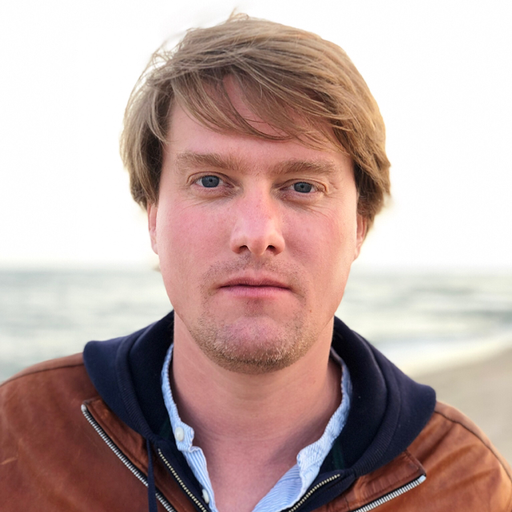What are the first steps to consider for building a portfolio or a series of images?
The first step is to identify the purpose and who it’s going to be presented to. It might be for an editor you want to work with, a gallery or for meetings w...

What are the first steps to consider for building a portfolio or a series of images?
The first step is to identify the purpose and who it’s going to be presented to. It might be for an editor you want to work with, a gallery or for meetings w...



You’re getting blind.
Don’t miss the best of visual arts. Subscribe for $9 per month or $108 $90 per year.
Already subscribed? Log in